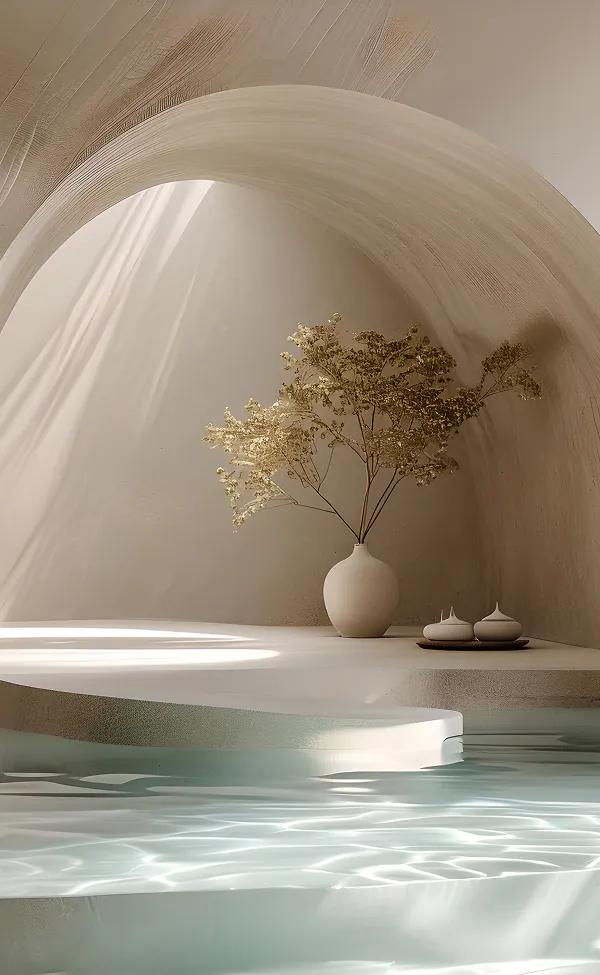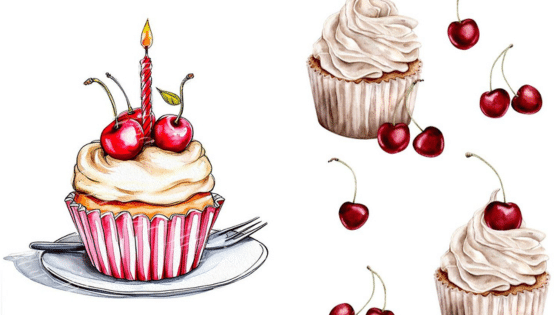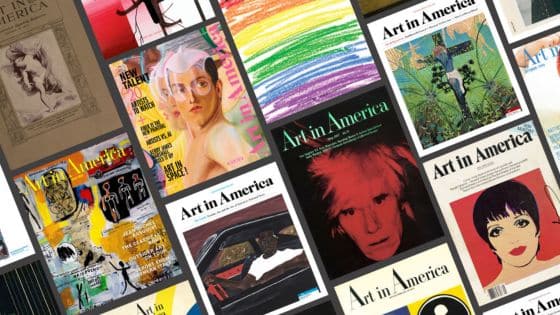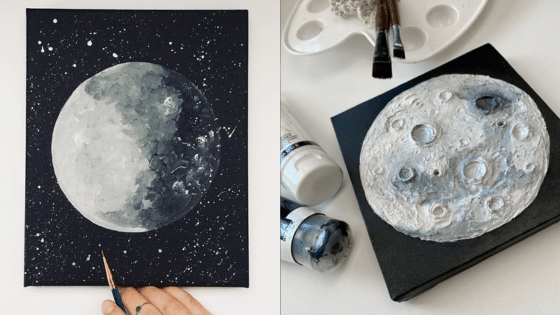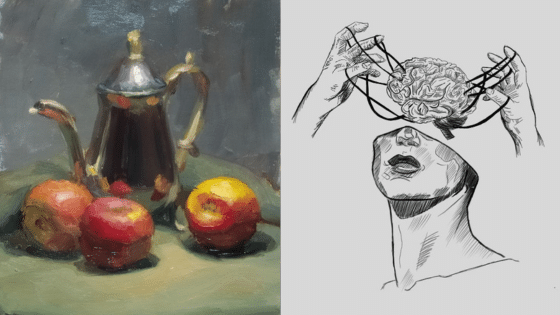Pencil drawing is a timeless art form that captivates both artists and viewers alike. It offers a unique blend of precision, creativity, and depth that can transform a simple sheet of paper into a stunning pencil draw picture, with each picture leaving a lasting visual impact. Pencil drawing is also a fun and enjoyable activity for artists of all ages, making the creative process engaging and accessible.
As one explores the world of pencil drawing, they discover various techniques, subject matters, and styles that make this medium endlessly versatile and accessible.
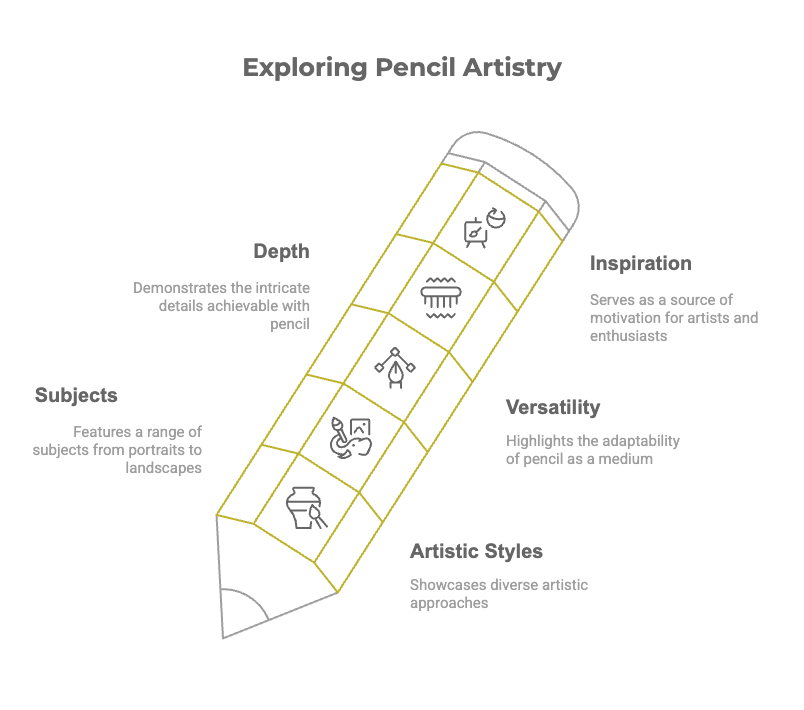
From the essential materials to the intricacies of light and shadow, understanding the fundamentals of pencil drawing is crucial for anyone looking to enhance their skills. Whether an artist is aiming to create lifelike portraits or imaginative landscapes, the right approaches can dramatically elevate their work. Engaging with this art form not only fosters creative expression but also opens up pathways for professional opportunities in the art world.


For both novices and experienced artists, pencil drawing provides a fulfilling means of exploration and self-expression. Engaging in this craft can lead to a deeper appreciation for the subtleties of art and the stories it can convey.
Key Takeaways
- Mastering pencil drawing involves understanding essential techniques and tools.
- Engaging with light and shadow enhances the realism of pencil artwork.
- Pencil drawing offers diverse creative opportunities for both personal expression and professional growth.
The Fundamentals of Pencil Drawing
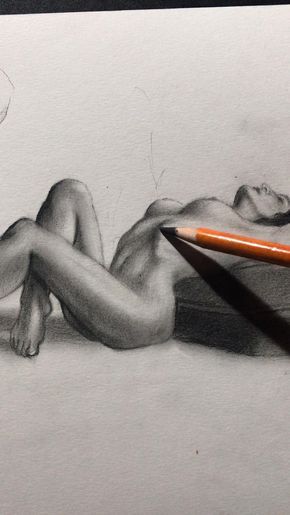

Pencil drawing is a fundamental art form that relies on basic principles of shading, line quality, and composition. Mastering these elements is essential for creating realistic and expressive images.
1. Line QualityDifferent lines convey various emotions and characteristics. Artists can use:
- Thick lines for emphasis.
- Thin lines for detail.
- Dashed lines to indicate texture.
2. Shading TechniquesShading adds depth to a drawing. Common techniques include:
- Hatching: Parallel lines.
- Cross-hatching: Intersecting lines.
- Blending: Smooth transitions using a blending stump or fingers.
3. CompositionThe arrangement of elements in a drawing impacts how it is perceived. Key rules include:
- Rule of Thirds: Position focal points along intersecting lines.
- Balance: Distribute visual weight evenly across the artwork.
- Focal Point: Create a center of interest to guide the viewer’s eye. Experimenting with drawing different things, such as objects, scenes, or people, helps artists apply these fundamentals in a variety of contexts.
4. ValueValue refers to the lightness or darkness of a pencil mark. It is crucial for creating contrast and realism. Artists should practice rendering a full range of values from light to dark.
5. PerspectiveUnderstanding perspective helps to create the illusion of depth. Techniques include linear perspective and atmospheric perspective for landscapes.
Through practice and application of these fundamentals, an artist can develop stronger pencil drawing skills. Dedicating time each day to practice these basics will lead to steady improvement and greater confidence in your pencil draw pictures.
Materials and Tools
Pencil drawing requires specific materials and tools that enhance the artistic process. One of the great advantages of pencil draw pictures is that it is a money-saving hobby, as the required materials are generally affordable and accessible for most people. Here are the essentials:
PencilsDifferent grades of pencils offer varying hardness. They are typically categorized as follows:
- H (hard)
- B (black)
- F (fine point)
A range from 2H to 6B provides versatility for shading and detail work.
ErasersQuality erasers are crucial for correcting mistakes. Types include:
- Rubber erasers: Good for large areas.
- Kneaded erasers: Ideal for lifting graphite without damaging the paper.
PaperThe choice of paper affects the texture and final appearance. Recommended papers include:
- Drawing paper: Versatile for various techniques.
- Bristol board: Smooth surface for fine details.
Blending ToolsThese tools assist in creating smooth transitions between shades. Common blending tools are:
- Tortillons: Paper stumps for detailed blending.
- Soft brushes: For softening edges.
SharpenerA reliable sharpener maintains the pencil tip for fine lines. Options include:
- Manual sharpeners: Easy to control.
- Electric sharpeners: Quick and efficient.
Having the right materials and tools is essential for successful pencil drawing. Proper selection enhances creativity and technique.
Pencil Drawing Techniques


Pencil drawing encompasses various techniques that enhance the quality and expressiveness of the artwork. Key techniques include shading, lines, hatching methods, and the effective use of erasures to create highlights.
Shading and Textures
Shading is crucial for creating depth in pencil drawings. Artists can use different pencil grades to achieve a range of shades. Soft pencils (e.g., 2B to 8B) produce darker marks, while hard pencils (e.g., H to 4H) yield lighter tones.
To create textures, artists can apply several shading methods, such as circular motions or straight lines. Blending tools, like tortillons or fingers, smooth transitions and enhance realism. Experimenting with varied pressure on the pencil also influences the texture, allowing for detailed rendering of softer surfaces, like skin or fabric, versus rough textures, like wood or stone.
Lines and Contours
Lines are foundational in pencil drawing, serving as the framework of any composition. Artists often employ varying line weights to denote distance and emphasize certain elements. Thicker lines can define foreground objects, while thinner lines suggest background detail.
Contour drawing emphasizes the outline of subjects, aiding in proportions and forms. By practicing continuous line drawing without lifting the pencil, artists develop a keen sense of observation and hand-eye coordination. This method improves accuracy and helps in understanding the shape and structure of objects.
Hatching and Cross-Hatching
Hatching is a technique where closely spaced parallel lines create shading and texture. The density of the lines determines the darkness of the area. By adjusting line spacing, artists can simulate shadows or light effects with precision.
Cross-hatching involves layering intersecting lines, adding depth to the shadows. This method is effective for complex forms, portraying intricate details in an artwork. Utilizing different angles and line patterns can produce varied artistic effects, allowing for creativity and individual expression.
Erasures and Highlights
Erasures play a significant role in pencil drawing, functioning not just to correct mistakes but also to create highlights. By selectively lifting graphite from the paper, artists can bring out detailed parts, like reflections or highlights on shiny surfaces.
Developing this technique requires practice to understand the ideal pressure required on the eraser. Different erasers, such as kneaded or vinyl, offer unique effects for various surfaces. Incorporating highlights deftly elevates the composition, contributing to its overall richness and realism.
Subject Matter in Pencil Drawing


Pencil draw pictures can capture a wide range of subjects, from custom sketches of a person’s home to detailed portraits and imaginative scenes. Many artists create hand-drawn pencil portraits or scenes based on a favorite photo, turning special memories into unique works of art. Common themes include portraits, landscapes, still life, and abstract forms.
Each picture presents unique challenges and opportunities for expression. Artists are encouraged to experiment with drawing different things, from everyday objects to creative ideas, to expand their skills and creativity.
Portraits
Portraits are a prominent subject in pencil drawing. They capture the essence of a person, focusing on facial features, expressions, and emotions.
Artists pay attention to details like shadows, highlights, and textures to create lifelike representations.
Key techniques include layering, shading, and blending to enhance depth.
Capturing the subject’s personality often requires careful observation and practice. Successful portraits evoke feelings and connections with viewers.
Landscapes
Landscapes offer a vast arena for exploration in pencil drawing. They may depict natural scenes such as mountains, forests, or urban settings.
Attention to perspective, proportions, and scale is essential in creating realistic landscapes.
Artists often use varied line weights and shading techniques to represent light and depth. Natural elements, including trees, water, and sky, each have their own textural qualities that challenge the artist.
The portrayal of seasons and weather conditions can add emotional depth to landscapes.
Still Life
Still life drawings focus on inanimate objects, often arranged artistically. Common subjects include fruits, flowers, glassware, and everyday items.
Composition plays a vital role in still life. Artists must consider how to arrange objects for visual balance and interest.
Texture becomes important, as artists explore how to depict different surfaces, such as smooth fruits or rough ceramics.
Lighting can dramatically alter the mood and appearance of the arrangement, making it crucial to represent shadows and highlights accurately.
Abstract
Abstract pencil drawing breaks away from traditional representation. It emphasizes form, line, and composition rather than realistic portrayal.
Artists experiment with shapes, patterns, and textural contrasts to convey emotion or ideas. Abstraction allows for personal expression and interpretations.
Techniques may vary from vigorous strokes to delicate lines, with emphasis placed on the artist’s intent rather than a specific subject.
This genre invites viewers to engage differently, provoking thought and subjective analysis.
Drawing Composition and Layout

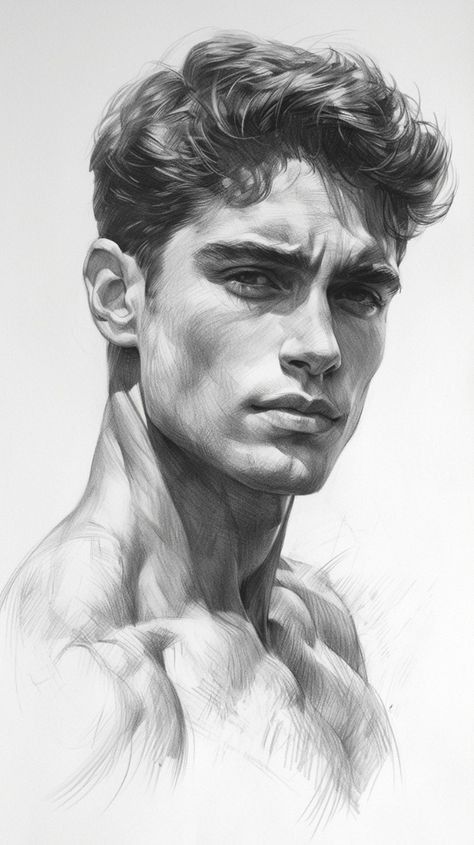
Composition refers to how elements are arranged within a drawing. The layout significantly affects the viewer’s experience and interpretation.
Key principles of composition include:
- Balance: Distribute visual weight evenly. A balanced drawing feels stable.
- Focal Point: Creating a focal point guides the viewer’s attention. Use contrast or placement to emphasize it.
- Rule of Thirds: Dividing the drawing into a 3×3 grid can enhance placement of key elements. Important components should intersect at the grid lines.
Using lines and shapes artistically contributes to a well-composed layout. Artists can manipulate direction and curvature to lead the viewer’s eye through the drawing.
Incorporating space is crucial. Negative space enhances the composition by preventing overcrowding. It allows the viewer’s gaze to rest and focus.
Tips for effective layout:
- Start with a rough sketch to establish proportions.
- Use light lines to reposition elements easily.
- Continuously step back to evaluate the drawing from a distance.
Using these strategies ensures a cohesive and engaging pencil drawing. Different compositions can evoke various emotions and responses, making thoughtful layout an essential consideration for artists.
Understanding Light and Shadow


Light and shadow are essential elements in pencil drawing. They create depth and dimension, transforming flat images into realistic representations.
Understanding how light interacts with objects is crucial. Light sources can be natural or artificial. Common light sources include:
- The Sun
- Lamps
- Fluorescent lights
Shadows occur when objects block light. These shadows reveal the shape and form of the subject. Different types of shadows include:
- Cast shadows: Shadows projected onto a surface by an object.
- Form shadows: Gradations of light on the object’s surface, indicating its curvature.
Pencil artists can use different techniques to depict light and shadow. Hatching and cross-hatching help create texture and shading. The pressure and angle of the pencil can also change tonal values.
Artists must observe how light affects color and texture. Highlights appear where light hits directly, while darker areas indicate shadow. Proper placement of these elements enhances realism in the drawing.
Paying attention to light and shadow leads to more effective pencil drawings. It allows for a greater range of expression, making the artwork more engaging.
Enhancing Realism in Drawings


Creating realistic pencil drawings requires careful attention to detail and technique. Several key approaches can enhance the lifelike quality of a drawing.
1. Observe Lighting and Shadows
Light plays a crucial role. Artists should observe how shadows and highlights interact. This can add depth and dimension to the subject.
2. Use Gradation Techniques
Gradation involves transitioning smoothly between different shades. This technique helps in depicting soft textures, such as skin or fabric.
3. Focus on Textures
Different surfaces have unique textures. By replicating these textures accurately, an artist can convey realism. Techniques like cross-hatching and stippling can be effective here.
4. Proportions and Anatomy
Correct proportions are essential. Artists must study anatomy when drawing figures or animals. Realistic proportions lead to a more believable representation.


5. Detailed Features
Paying attention to small details, such as facial features or intricate patterns, can elevate a drawing. Each detail contributes to the overall realism.
6. Practice Blending
Blending techniques can soften harsh lines, allowing for smoother transitions. Tools like tortillons or blending stumps can assist in this process.
Incorporating these methods can significantly improve the realism of pencil drawings, making them more visually compelling. Each technique contributes to a stronger representation of subjects.
Creative Expression in Pencil Art


Pencil drawing is a versatile medium that allows artists to explore creativity through personal style and conceptual themes. This section examines how individuals can cultivate their unique artistic voices and engage with deeper ideas in their work.
To expand your creative horizons, search for inspiration and new ideas to draw with colored pencils, and discover fresh approaches for your pencil draw pictures.
Personal Style Development
Developing a personal style in pencil art involves experimentation with techniques, materials, and subject matter. Artists may start by mimicking the works of others before gradually infusing their individuality into their drawings.
Common techniques include hatching, cross-hatching, stippling, and blending. Each method can convey different textures and emotions.
Through practice and observation, artists learn to define their themes, whether they focus on realism, abstraction, or surrealism. A unique style often emerges when the artist embraces their preferences and interests, resulting in more authentic and engaging artwork.
Conceptual Artwork
Conceptual art in pencil drawing challenges the viewer’s perception and evokes thought. Artists can express complex ideas, feelings, or social commentary through their creations.
By using symbolic imagery, artists can invite viewers to interpret their work on multiple levels. For instance, simple objects can represent broader themes such as identity, memory, or conflict.
Details like shading, composition, and perspective enhance the emotional impact of the artwork. An artist’s choice of subject may also involve exploring personal experiences or societal issues, fostering a connection with the audience that extends beyond the visual.
Pencil Drawing in Digital Era
The digital era has transformed pencil drawing by introducing a variety of tools and techniques. Artists now have the opportunity to merge traditional skills with modern technology, enhancing their creative process and efficiency.
Digital Tools for Pencil Artists
Digital tools have become essential for contemporary pencil artists. Software like Adobe Photoshop and Corel Painter offers realistic pencil simulation, allowing artists to achieve various textures and effects.
Tablet devices, such as the Wacom or iPad Pro, let artists draw directly on the screen with digital pencils. These tools provide pressure sensitivity, mimicking the feel of traditional pencil drawing.
Additionally, many apps allow for easy layering and undo features, making corrections and adjustments straightforward. Artists can save their work instantly and share it on platforms such as social media or digital galleries.
Integrating Traditional and Digital Techniques
By integrating traditional and digital techniques, artists create unique hybrid works. One common approach is starting with a pencil sketch on paper, then scanning it into a digital program for enhancement. This preserves the organic quality of hand-drawn art while allowing for digital editing.
Many artists use digital tools to add color, adjust contrast, or create backgrounds. They can also print their digital designs back onto paper, continuing the cycle of blending mediums.
Workshops and online tutorials promote these techniques, showing artists how to switch back and forth between traditional and digital tools efficiently. This integration encourages innovation, enabling artists to explore new styles and concepts in their work.
Pencil Drawing as a Profession
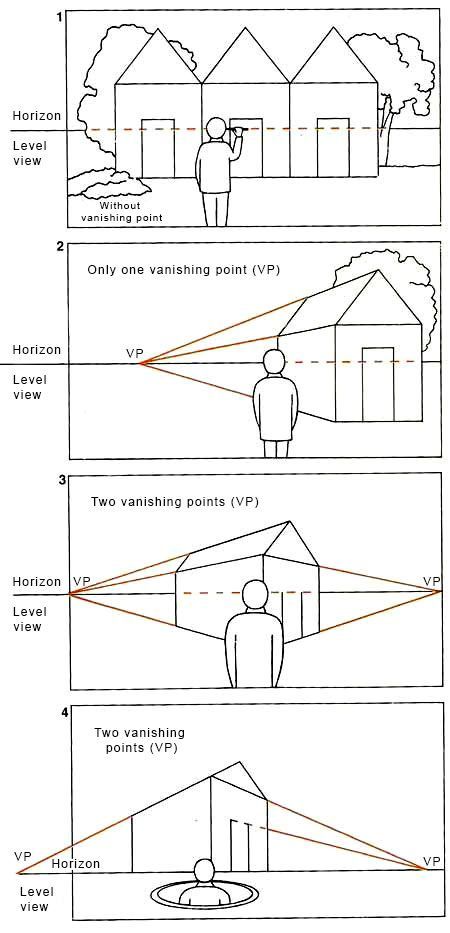

Pencil drawing can be a fulfilling career choice, blending artistic skill with professional opportunities. Many clients enjoy buying custom pencil draw pictures as unique gifts or decorative pieces, appreciating the value and craftsmanship of original, hand-drawn art. Success in this field often hinges on establishing a strong portfolio and effective networking.
Building a Portfolio
A solid portfolio is essential for any pencil artist seeking to attract clients or galleries. It should showcase a variety of styles and subjects, demonstrating versatility and depth.
Artists should include:
- Original Works: Highlight unique pieces that reflect personal style.
- Commissioned Works: Feature drawings completed for clients to showcase professionalism.
- Technical Skills: Include studies or sketches to illustrate drawing techniques.
The portfolio should be updated regularly, incorporating recent work and removing older pieces. It can be presented in both digital and print formats, catering to different audiences.
Networking and Marketing
Networking plays a critical role in building a successful pencil drawing career. Artists must engage with potential clients, other artists, and the art community.
Strategies include:
- Social Media: Platforms like Instagram and Pinterest are effective for sharing work and connecting with audiences.
- Art Shows and Events: Participating in local exhibitions fosters connections and can lead to opportunities.
- Collaborations: Partnering with other artists or businesses can expand reach and visibility.
Marketing efforts should emphasize the artist’s unique style and skills, utilizing both online and offline methods. Building a brand increases recognition and can lead to a steady stream of commissions.
Preservation and Presentation of Artwork


Preserving pencil drawings requires careful attention to materials and environment. Proper preservation techniques help maintain the integrity and appearance of the artwork over time.
- Use Acid-Free Materials: Frames, mats, and storage materials should be acid-free to prevent yellowing and deterioration.
- Avoid Direct Sunlight: Exposure to sunlight can fade drawings. Display works in shaded areas and use UV-filtering glass in frames.
- Control Humidity and Temperature: Ideal conditions are 40-50% humidity and 65-70°F. Avoid damp areas to prevent mold growth.
For presentation, the way an artwork is displayed can enhance its visual appeal.
- Choose Appropriate Framing: A well-chosen frame complements the drawing without overpowering it. Simple frames often work best for pencil art.
- Use Spacers: When framing, spacers keep the artwork from touching the glass, preventing smudging.
- Install Proper Lighting: Soft, diffused lighting highlights pencil drawings without causing glare or shadows.
Regular maintenance is crucial for both the preservation and presentation of pencil drawings.
- Dust Regularly: Use a soft, dry cloth to gently remove dust from frames and glass.
- Check for Damage: Periodically assess the drawing for signs of deterioration or damage, and take corrective action immediately.
By following these guidelines, the longevity and presentation quality of pencil drawings can be significantly improved.
FAQ
What are the fundamental techniques I need to learn to improve my pencil drawing skills?
To improve your pencil drawing skills, it’s essential to master fundamental techniques such as shading, line quality, and composition, which include understanding light and shadow, practicing different shading methods like hatching and cross-hatching, and arranging elements effectively within your artwork.
How can I create realistic light and shadow effects in my pencil drawings?
Creating realistic light and shadow effects involves observing how light interacts with your subject, using various shading techniques like hatching and cross-hatching to build depth, and carefully placing highlights and shadows to emulate the way light falls and creates contrast.
What tools and materials are necessary for starting with pencil drawing?
Essential tools for pencil drawing include a range of pencils with different hardness levels (H to B), quality erasers such as kneaded and rubber erasers, suitable paper like drawing or Bristol paper, blending tools like tortillons or soft brushes, and a reliable sharpener to maintain fine tips for detailed work.
- 4.4Kshares
- Facebook0
- Pinterest4.4K
- Twitter1
- Reddit0





